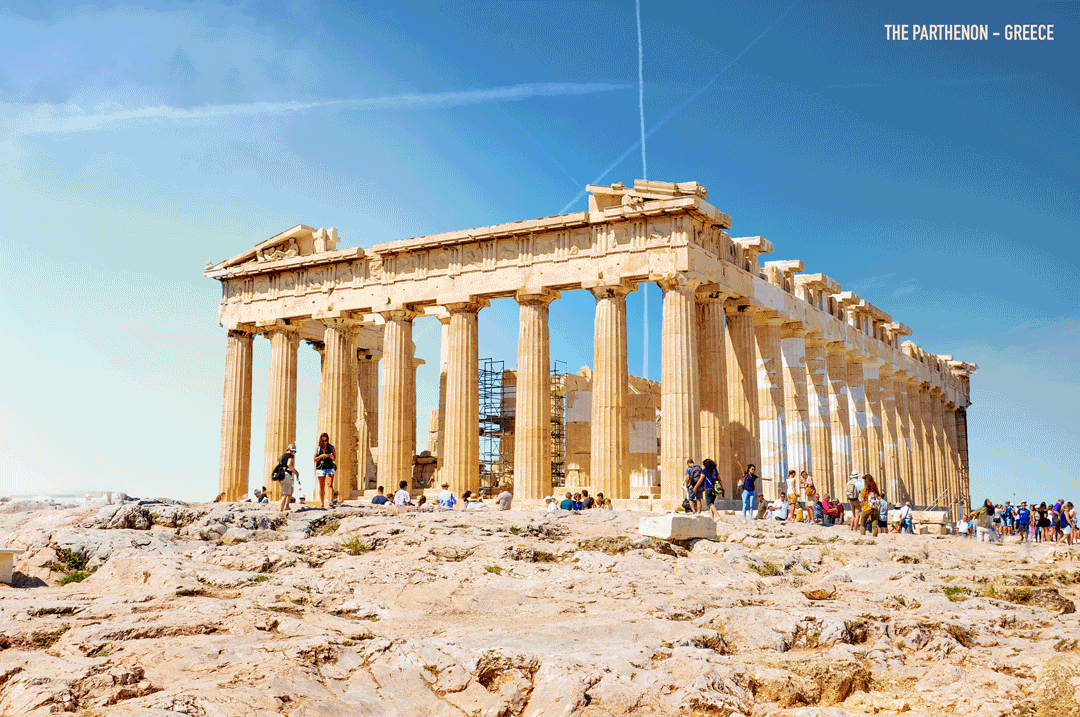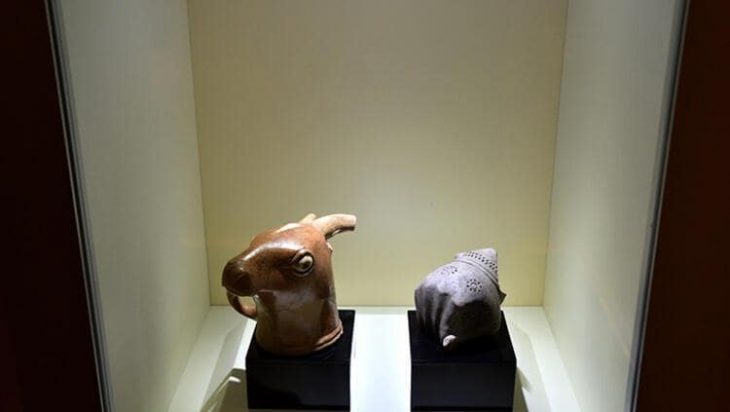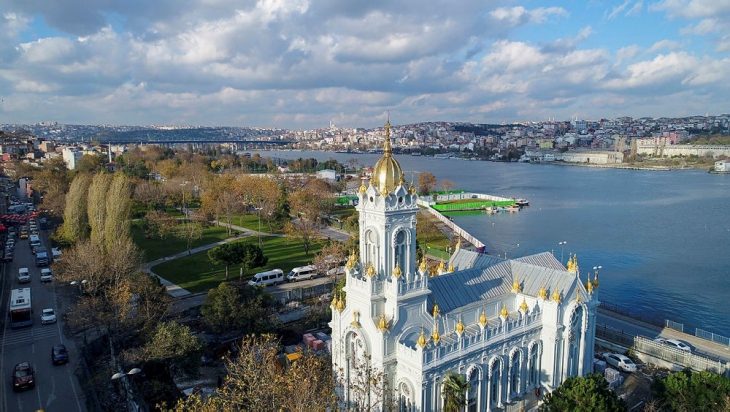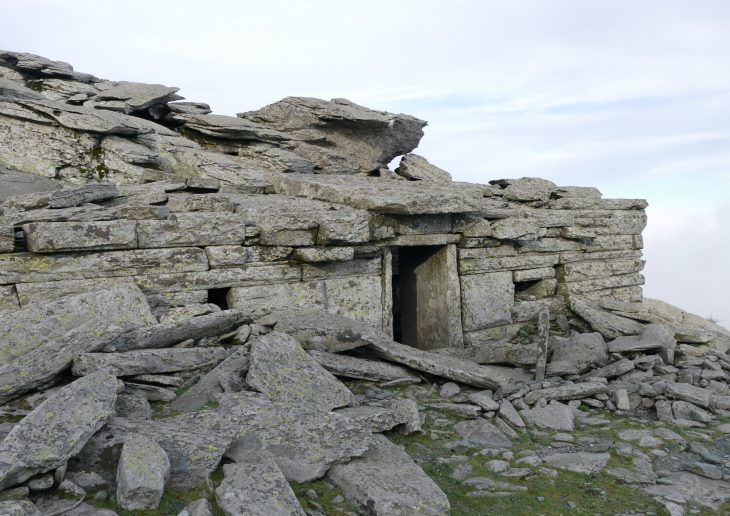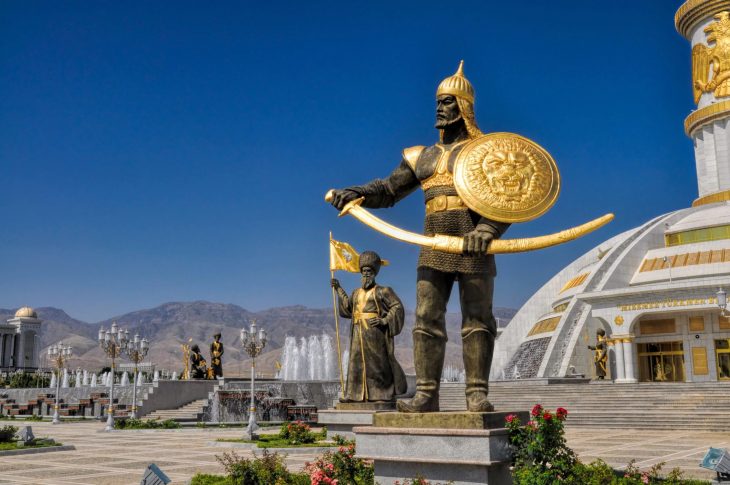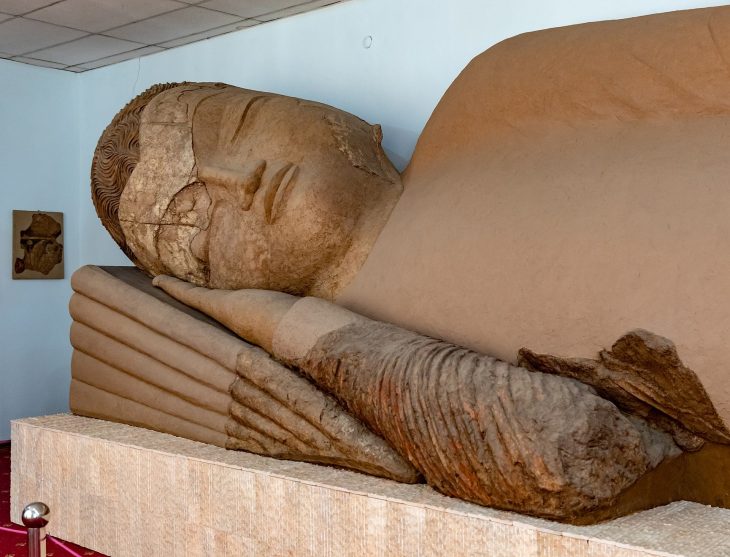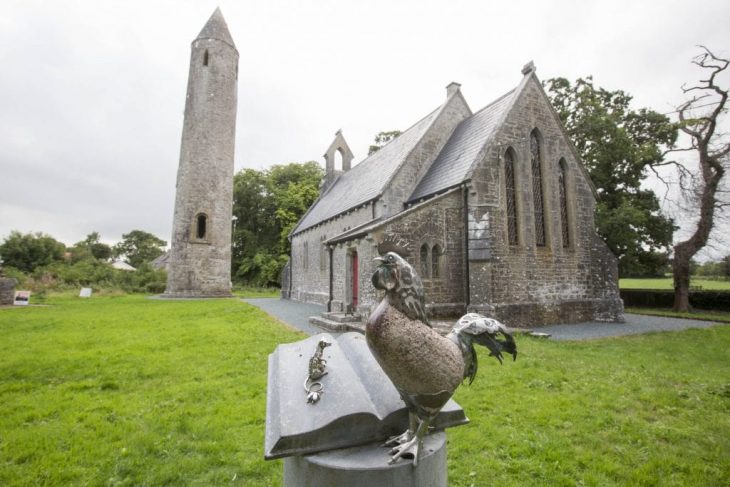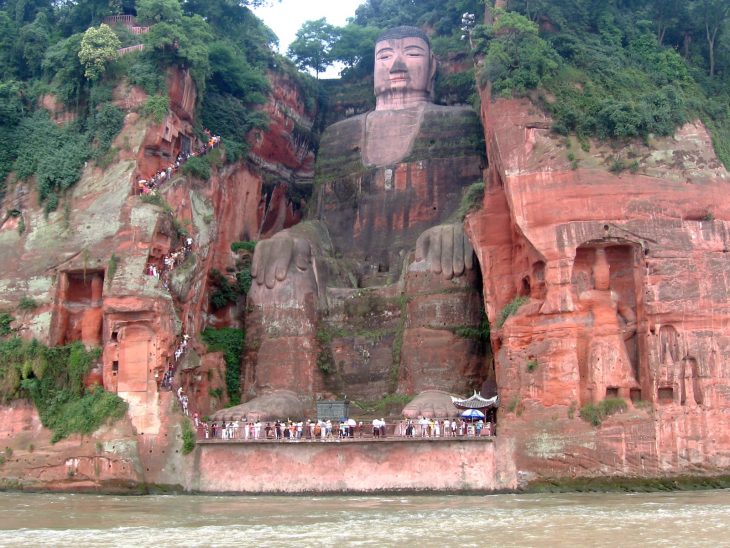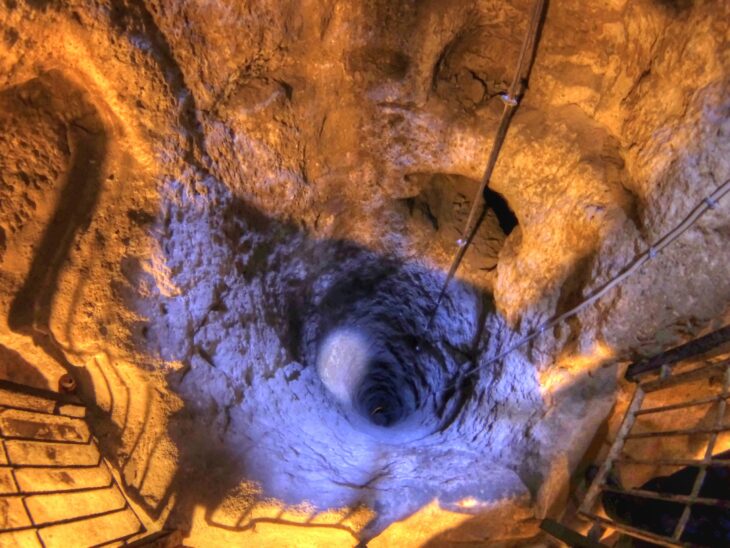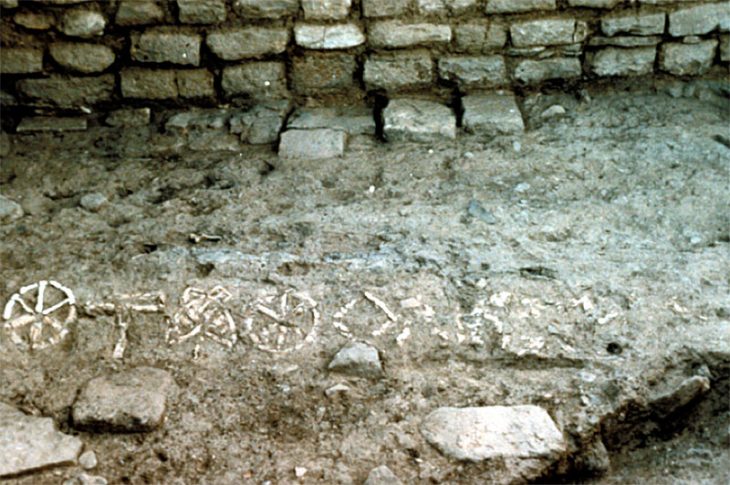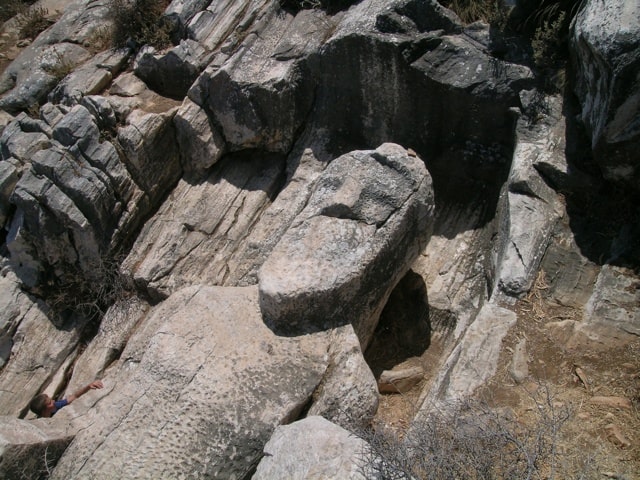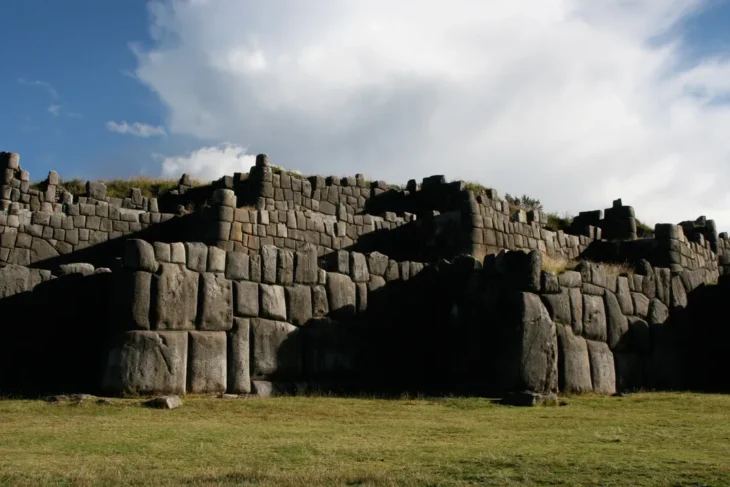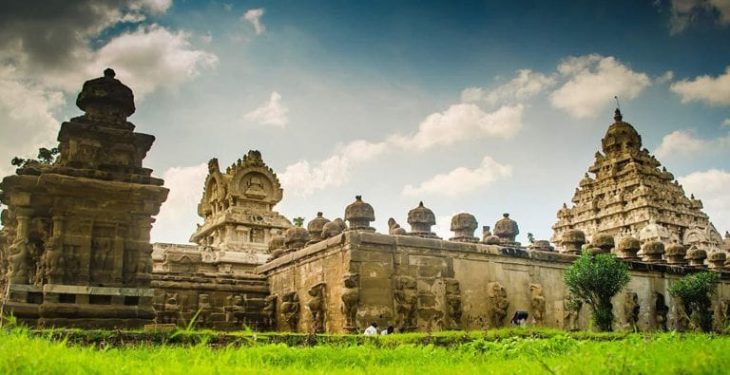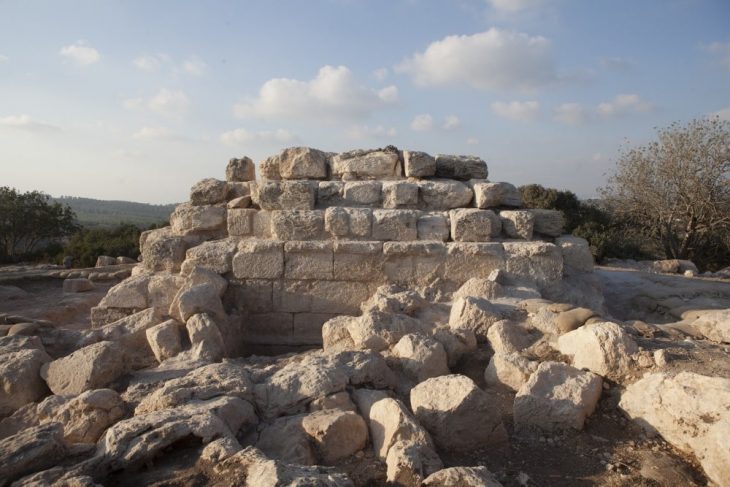Today, tourists’ perceptions of the world’s great architectural wonders are firmly focused on their current state of ruin, leaving the former magnificence of monuments such as the Parthenon, Pyramid of the Sun, Temple of Largo Argentina, Knossos Palace, and Temple of Luxor to visitors’ imaginations.
Ancient ruins, such as the Parthenon and the Luxor Temple, can educate us about history in a unique way. We may learn about ancient construction processes and civilizations by studying architectural ruins. Even still, ruins can’t compare to the actual thing, and historical reconstructions of these architectural marvels are key to gaining a better understanding of the societies that built them.
In 2018, NeoMam recreated several ancient buildings through a series of gifs in a project for Expedia. Centuries of natural and purposeful damage and deterioration are reversed in a matter of seconds, revealing a unique view of what the original structures might have looked like.

The Parthenon in Athens, Greece, was constructed in the 5th century BCE. Expedia
Thanks to Maja Wrońska (previously) and her husband Przemek Sobiecki, who worked as This Is Render, the creative contractors behind the labor-intensive renders, for making our dreams come alive.. (via designboom)
In the reconstruction of the Knossos palace last year, for those who wonder how Knossos Palace looked in its former glory days, Australian insurance company Budget Direct has virtually rebuilt the palace, Natalie Martin reports.

Egypt’s Luxor Temple was constructed over hundreds of years by pharaohs including Amenhotep III, Ramses II, and Tutankhamun. Luxor, Egypt / 1380 BC.
Expedia
With the assistance of technology, you may go back in time and see the untouched beauty of some of the world’s most spectacular monuments. Continue reading to discover how seven historic renowned structures appear today vs how they might have appeared in their heyday.
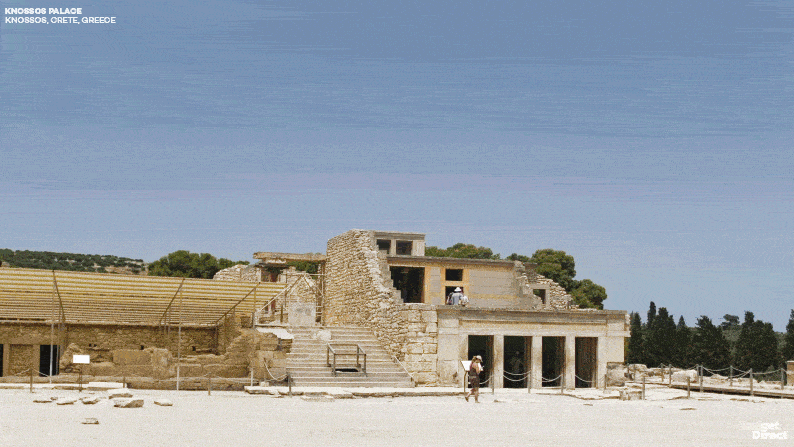
Knossos Palace is located just south of present-day Heraklion, near the northern coast of Crete. As a result of the excavations initiated by Arthur Evans, the palace was first It is thought to have been built around 1900 BC. The palace resembled a labyrinth as it consisted of many courtyards and rooms.
Knossos Palace, built around 1900 BC, is thought to be the most complex in Greece and the first palace built during the Middle Minoan IO period. The palace was abandoned in the Late Minoan IIIC, 1380 – 1100 BC, largely for unknown reasons.

Cobá was first inhabited by an agricultural settlement in the first century CE, and its population grew to 50,000 people between 600 and 900 CE. Nohoch Mul, the highest Mayan pyramid on the Yucatán Peninsula, is located on the 30-square-mile site.

The ruins of the Area Sacra di Largo Argentina, which consists of four different temples erected in Republican Rome between the 4th and 2nd century BCE, were discovered by chance in 1926 as workers were completing demolition work.

Hadrian’s Wall, which marks a Roman Empire boundary in what is now England, dates back to the 1st century CE. For 300 years, the 73-mile-long structure, which is peppered with Milecastles, observation towers, and forts, served as an active military station.
Milecastle 39, commonly known as Castle Nick, is a well-preserved stone component of the wall. Milecastle 39, which stretches from Highshield Crags to Peel Crags in northern England’s Pennine Hills, encompasses the remnants of barracks and related military structures.

The Temple of Jupiter, dedicated to the Roman god of the sky and thunder, was built in the 2nd century BCE. A hub of religious life in ancient Rome, the Temple of Jupiter was severely damaged by an earthquake in 62 CE.
Since the temple wasn’t repaired before the infamous eruption of Mount Vesuvius — a natural disaster that killed an estimated 13,000 people — this reconstruction gives us significant insight into lost architectural history.
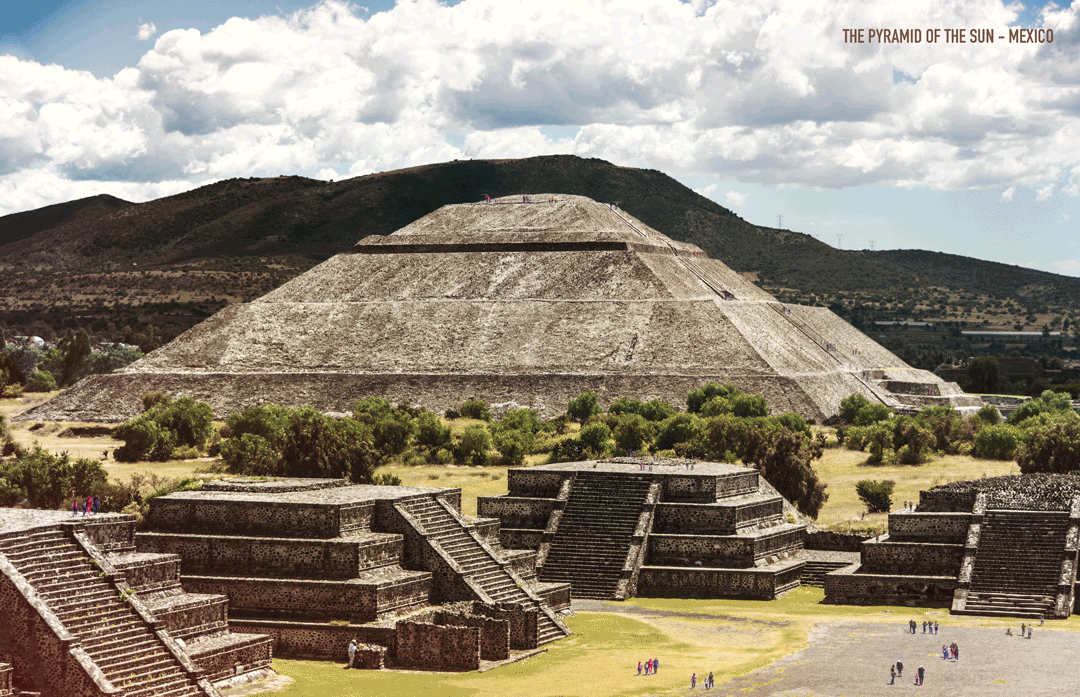
The Pyramid of the Sun, Teotihuacán. Expedia
While scientists are still unsure who constructed Teotihuacán — the Aztec name for the ancient city means “the site where the gods were made” – archaeological evidence suggests that cultures like the Maya, Mixtec, and Zapotec all put their imprint on the metropolis.
Teotihuacán’s largest monument is the Pyramid of the Sun, which is also one of the biggest structures of its kind in the Western Hemisphere.

